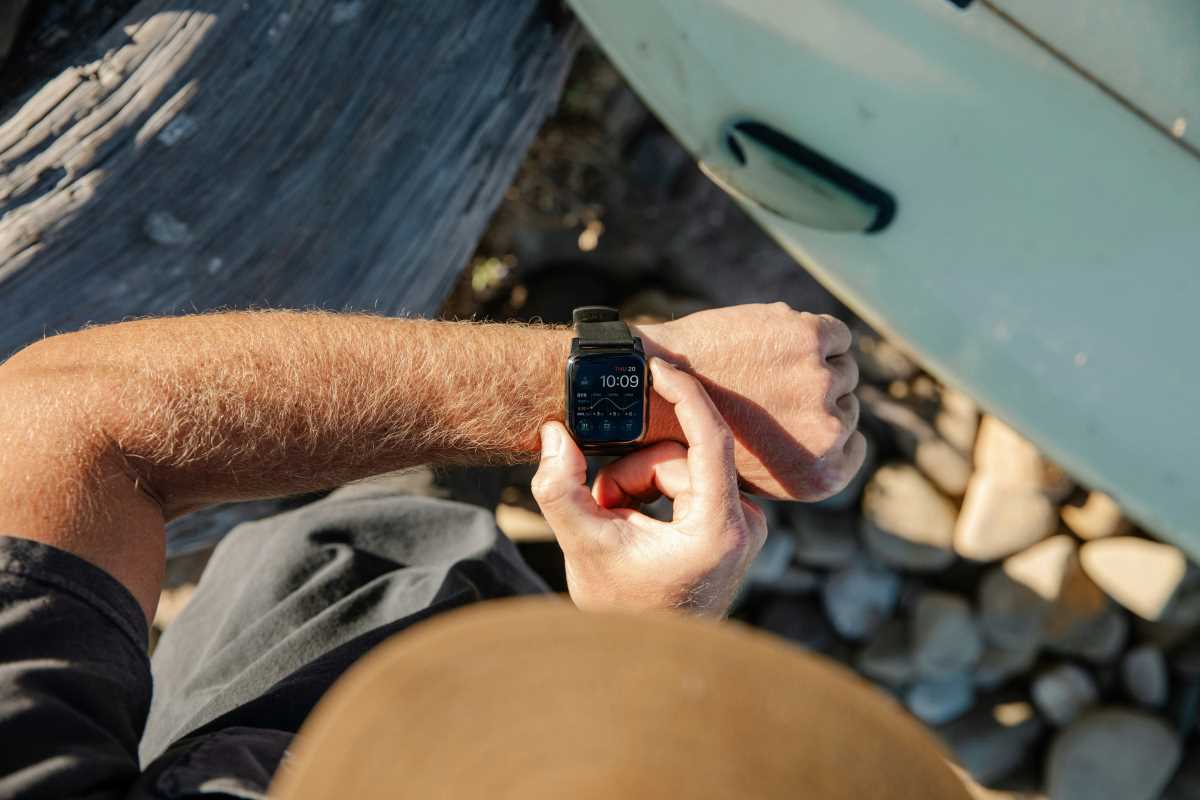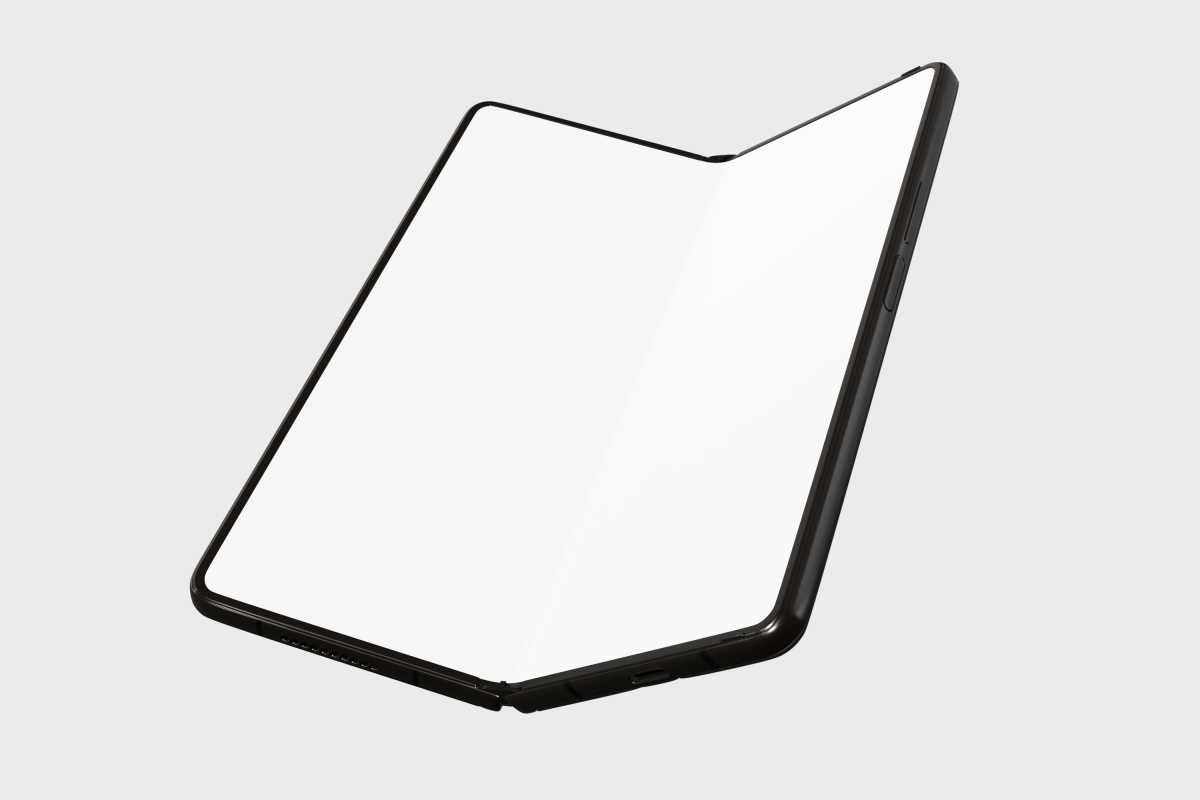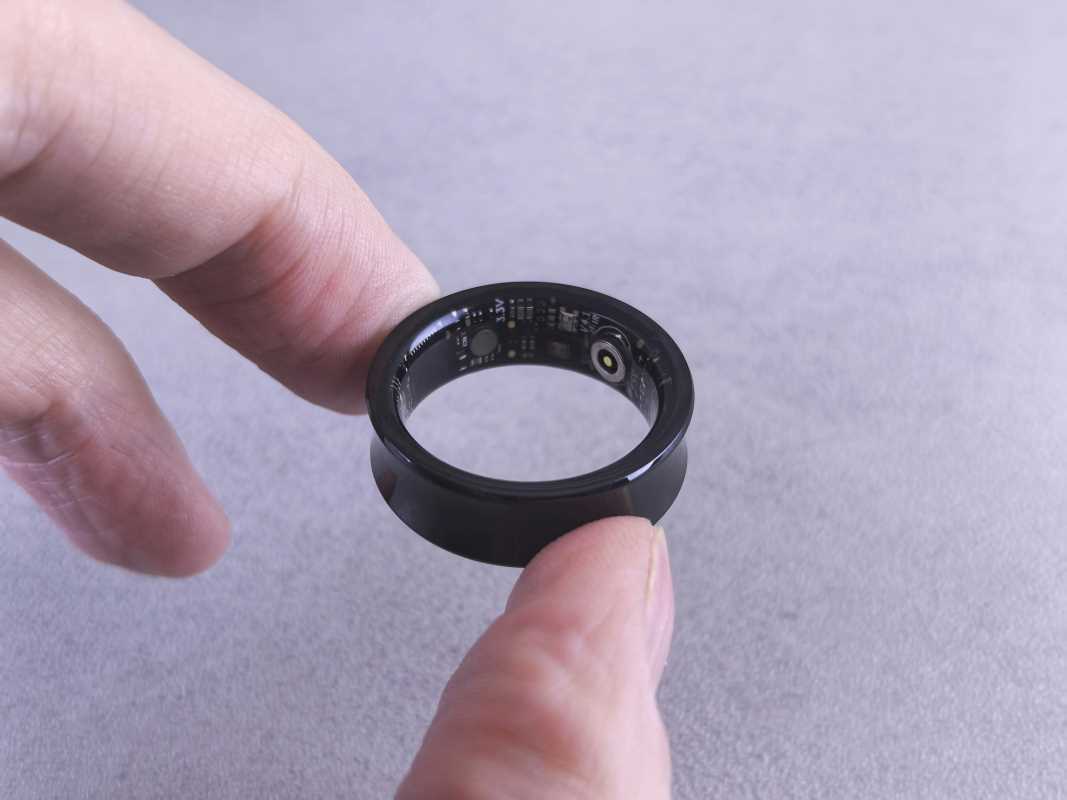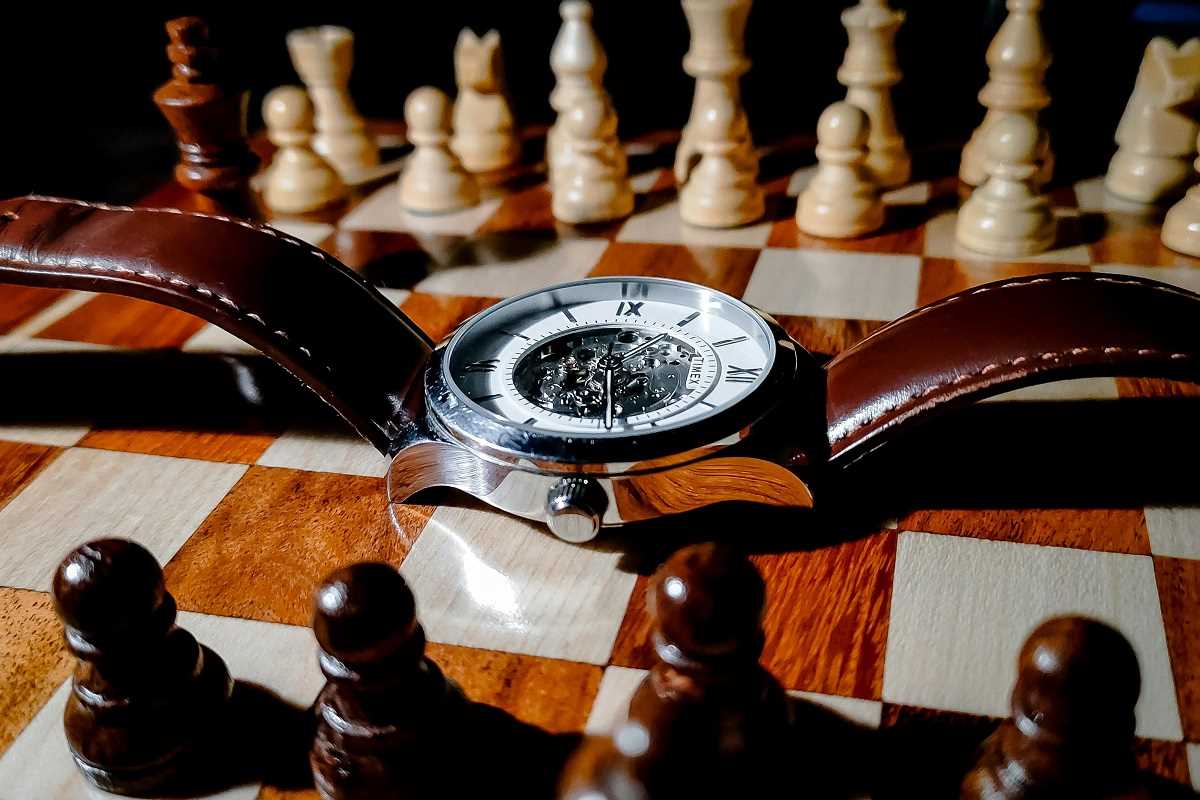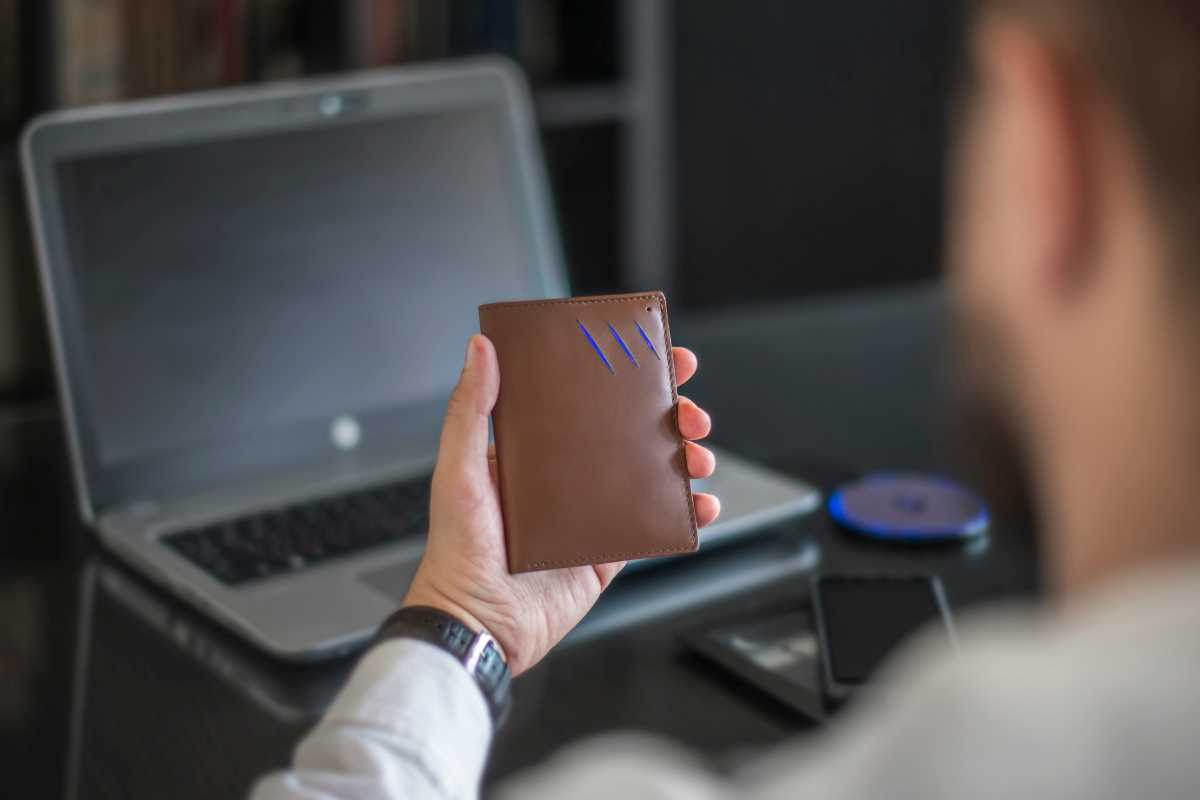The universal, sinking feeling of realizing your keys or wallet are missing is a uniquely modern form of panic. It triggers a frantic mental retracing of your steps and a physical search that often leaves your living space in disarray. For years, the only solution was to hope for the best. Technology, however, has provided a definitive answer: the Bluetooth tracker. These small, smart devices attach to your most important items, turning a potential crisis into a minor inconvenience solved with a few taps on your phone.
Modern Bluetooth trackers have evolved beyond simple, functional fobs. They are now designed as sleek accessories that complement your style while offering powerful tracking capabilities. With compact designs, robust networks, and long battery lives, these gadgets provide peace of mind without adding clutter or compromising your aesthetic. This document will provide a detailed analysis of the leading Bluetooth trackers on the market, examining their features, design, and how to effectively integrate them into your daily life.
The Evolution of Finding: From Beeps to Global Networks
The concept of a personal item finder is not new, but early versions were limited. They relied on simple radio frequency signals that required you to be within a very short range, often accompanied by loud, unpleasant beeps. The integration of Bluetooth Low Energy (BLE) and the power of smartphone apps changed everything.
Today’s trackers leverage the vast, crowdsourced networks of their users’ phones. When you mark an item as lost, it can be anonymously detected by any other user in the network who passes by it, sending you a secure and private location update. This transforms the search from a personal effort into a global, passive one. The design challenge has been to pack this technology into a device that is small enough, durable enough, and stylish enough to be attached to anything.
Analysis of Key Models
The Bluetooth tracker market is dominated by a few key players, each offering a distinct ecosystem and design philosophy. Understanding their differences is key to choosing the right one for your essentials.
1. Apple AirTag: The Power of the Apple Ecosystem
For anyone invested in the Apple ecosystem, the AirTag is the default and most powerful choice. Its strength lies not just in the device itself, but in its seamless integration with the massive, global Find My network.
- Design & Aesthetics: The AirTag is a small, polished-steel disc with a clean, white plastic back. Its design is pure Apple: minimalist, premium, and instantly recognizable. The AirTag itself has no built-in loop, which is a deliberate design choice that has spawned a massive third-party market for holders. This allows for endless customization, from simple silicone loops to high-end leather keychains from brands like Hermès.
- Key Features:
- Find My Network: The AirTag’s primary advantage is its access to Apple's Find My network, which consists of hundreds of millions of iPhones, iPads, and Macs worldwide. This creates an incredibly dense and effective network for locating a lost item, even if it is miles away.
- Precision Finding: For iPhone 11 users and newer, the U1 chip enables Precision Finding. This feature uses ultra-wideband technology to provide on-screen, arrow-guided directions that point you to the exact location of your AirTag when you are nearby.
- User-Replaceable Battery: The AirTag is powered by a standard CR2032 coin cell battery that lasts for about a year and is easily replaceable by the user.
- Privacy and Security: The entire process is designed with privacy in mind. Communication with the Find My network is end-to-end encrypted, and location data is never stored on the AirTag itself. It also includes features to prevent unwanted tracking.
- Styling Integration:
- The AirTag’s design encourages personalization. A leather holder from a brand like Bellroy or Nomad adds a touch of sophistication to your keys or bag. A simple silicone loop is perfect for a more casual, athletic look. Because of its versatility, the AirTag can be styled to match any aesthetic, from rugged and utilitarian to sleek and professional.
2. Tile Pro: The Cross-Platform Powerhouse
Tile has been a leader in the Bluetooth tracker space for years and remains the best option for those outside the Apple ecosystem or in households with both Android and iOS users. The Tile Pro is its most powerful and durable offering.
- Design & Aesthetics: The Tile Pro has a modern, key-fob design with a durable metal frame. It is available in classic black and white, as well as a range of limited-edition colors and patterns. Its built-in loop makes it easy to attach directly to keys or a backpack without needing a separate holder. The design is robust and built to withstand the rigors of daily use.
- Key Features:
- Loud Ringer: The Tile Pro has the loudest ringer of any major tracker, making it easy to find items buried in a couch or in a noisy environment.
- Cross-Platform Compatibility: The Tile app works seamlessly on both iOS and Android, making it the ideal choice for users who switch between platforms or share items with family members using different devices.
- Impressive Range: It boasts an impressive Bluetooth range of up to 400 feet, one of the longest in the category.
- Tile Network: While not as large as Apple’s Find My network, the Tile network is still extensive and effective for locating lost items. A "Premium" subscription unlocks additional features like Smart Alerts, which notify you if you leave an item behind.
- Styling Integration:
- The Tile Pro’s sleek, modern design works well with a variety of styles. The black and white versions are understated and professional, while the limited-edition patterns allow for a pop of personality. Its integrated loop makes it a simple, all-in-one solution that attaches cleanly to any keychain or bag zipper.
3. Chipolo ONE / CARD: The Colorful and Convenient Choice
Chipolo offers a compelling alternative with a focus on user-friendly features and vibrant design. It is also one of the few brands to offer a tracker, the Chipolo ONE Spot, that works with Apple’s Find My network.
- Design & Aesthetics: The Chipolo ONE is a small, colorful plastic disc with an integrated loop. It comes in a wide array of bright colors, making it both easy to spot and a fun accessory. The Chipolo CARD is, as its name suggests, a credit-card-thin tracker designed to slip into a wallet without adding bulk.
- Key Features:
- Free Out-of-Range Alerts: Unlike Tile, Chipolo offers alerts that notify you when you leave an item behind for free, without requiring a subscription. This is a significant value proposition.
- Loud Ringer: The Chipolo ONE has one of the loudest ringers on the market, comparable to the Tile Pro.
- Phone Finder: You can double-press the Chipolo to make your phone ring, even if it is on silent—a feature common to most trackers but well-executed here.
- Find My Network Compatibility: The Chipolo ONE Spot and CARD Spot versions are designed to work exclusively with the Apple Find My network, offering an alternative to the AirTag for those who prefer a different form factor or color.
- Styling Integration:
- The vibrant colors of the Chipolo ONE make it a playful accessory. You can choose a color that matches your phone case, your bag, or your personal style. The Chipolo CARD is the ultimate in discreet integration, disappearing into your wallet. It is the perfect solution for the minimalist who wants tracking capabilities without any external fob.
Procedural Guide: Choosing and Using Your Bluetooth Tracker
Selecting the right tracker is about understanding your ecosystem and your needs.
Step 1: Determine Your Ecosystem
Your smartphone’s operating system is the most important factor.
- For Apple Users: The Apple AirTag is the superior choice due to its integration with the massive Find My network and Precision Finding feature. The Chipolo ONE Spot is a great alternative if you want a tracker with a built-in hole or a wallet-friendly card form factor that still uses Apple's network.
- For Android Users: The Tile Pro or Chipolo ONE are the best options. They offer robust cross-platform apps and powerful features. Your choice between them may come down to design preference or whether you are willing to pay for premium features.
Step 2: Match the Tracker to the Item
Choose a form factor that is best suited for the item you want to track.
- For Keys: A tracker with an integrated loop like the Tile Pro or Chipolo ONE is most convenient. An AirTag with a keychain holder is also an excellent, customizable choice.
- For Wallets: A card-shaped tracker like the Tile Slim or Chipolo CARD is ideal. They are designed to fit into a wallet’s card slot without creating bulk.
- For Bags and Luggage: Any tracker will work, but a durable one like the Tile Pro is a good choice for items that see a lot of wear and tear. You can also slip a smaller tracker like an AirTag into an internal pocket.
Step 3: Optimize Your Settings and Usage
Get the most out of your tracker by using its features effectively.
- Enable Separation Alerts: If your tracker’s app offers them (like Chipolo does for free or Tile with a subscription), turn on separation alerts. This proactive feature is one of the most useful, preventing you from leaving an item behind in the first place.
- Update Your Contact Information: Most tracker apps allow you to add your phone number or a message that can be displayed if someone finds your lost item and scans it.
- Periodically Test the Ringer: Make a habit of testing your tracker’s ringer every few weeks to ensure the battery is still working and it is properly connected to your phone.
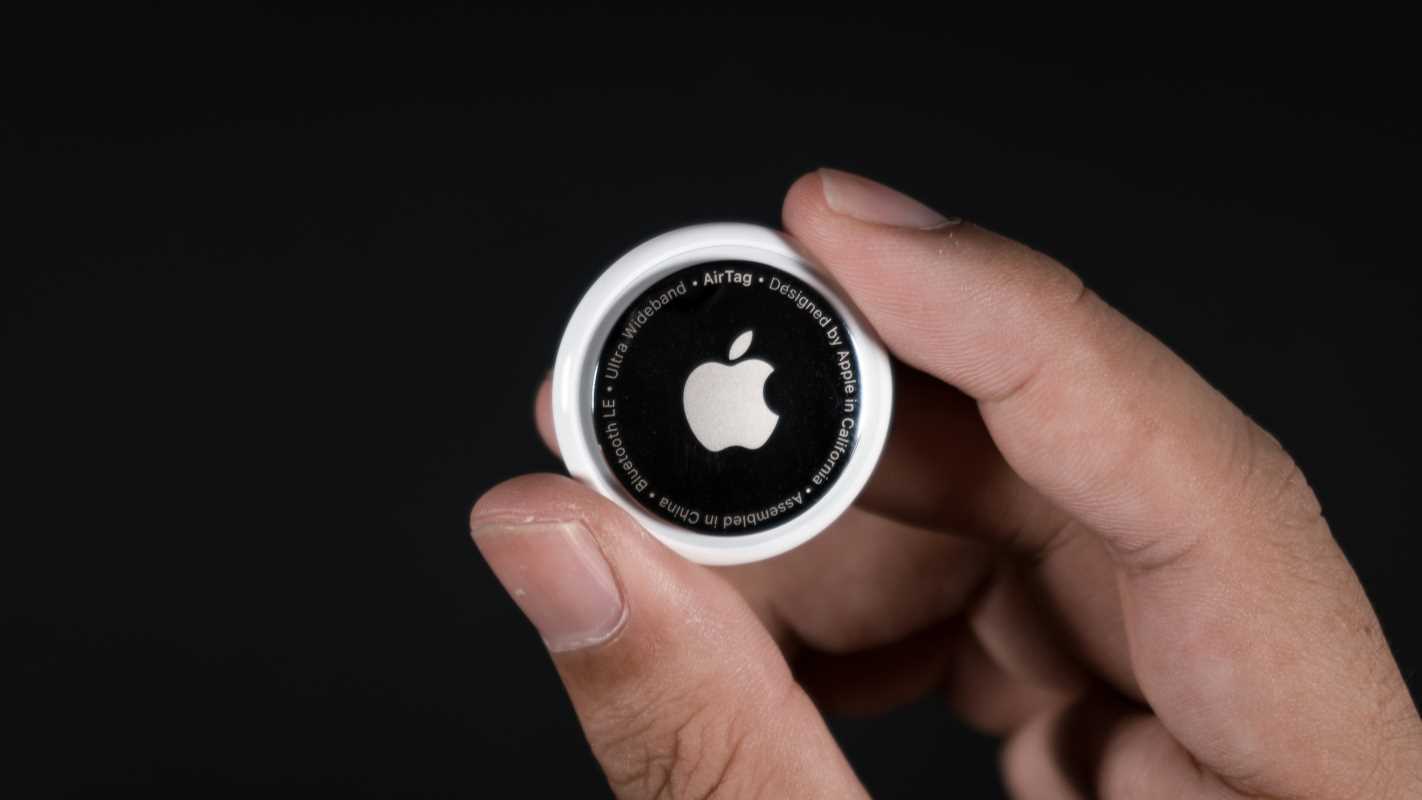 (Image via
(Image via